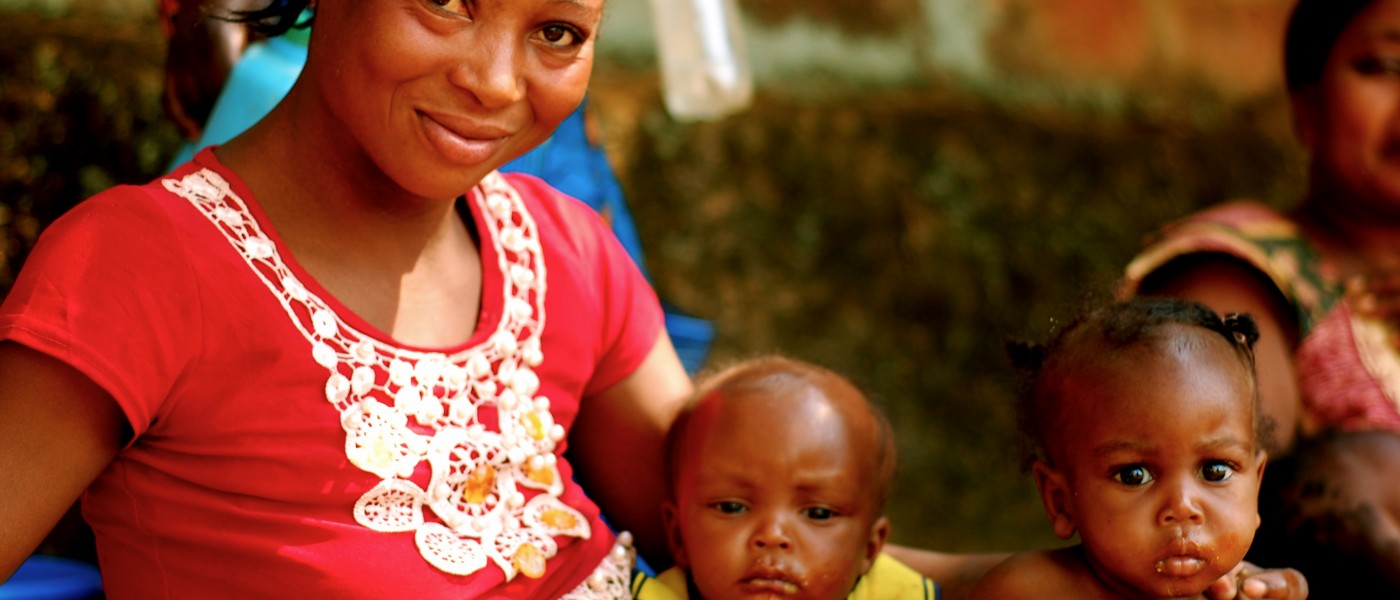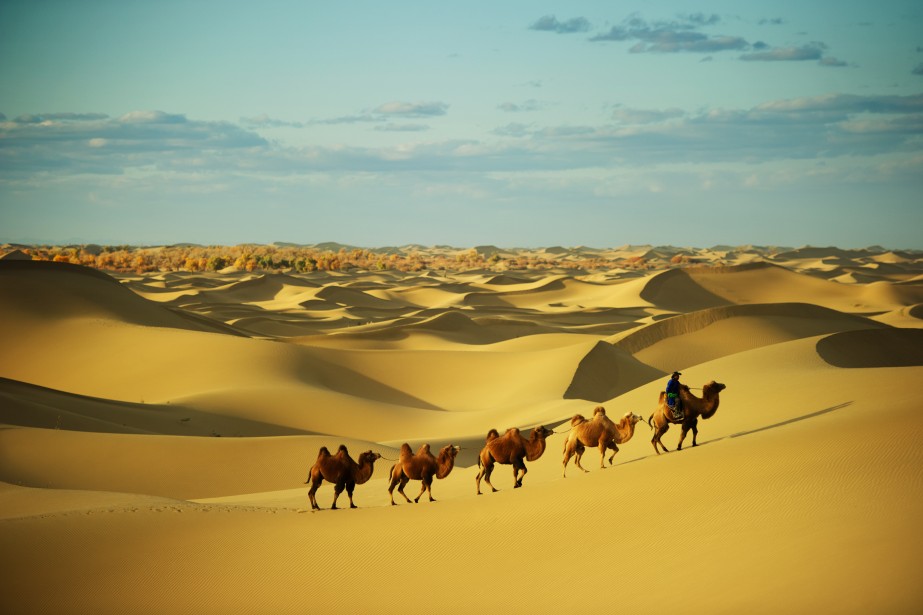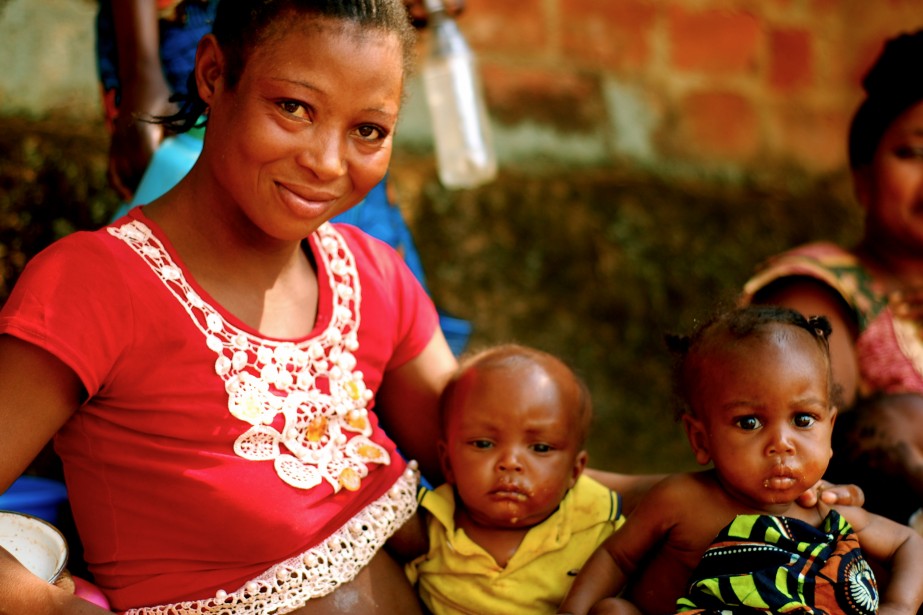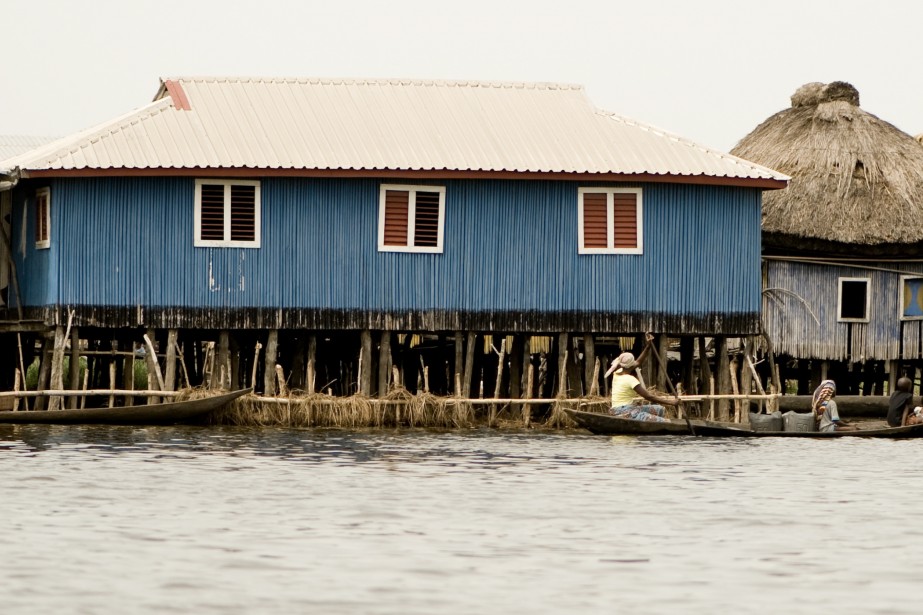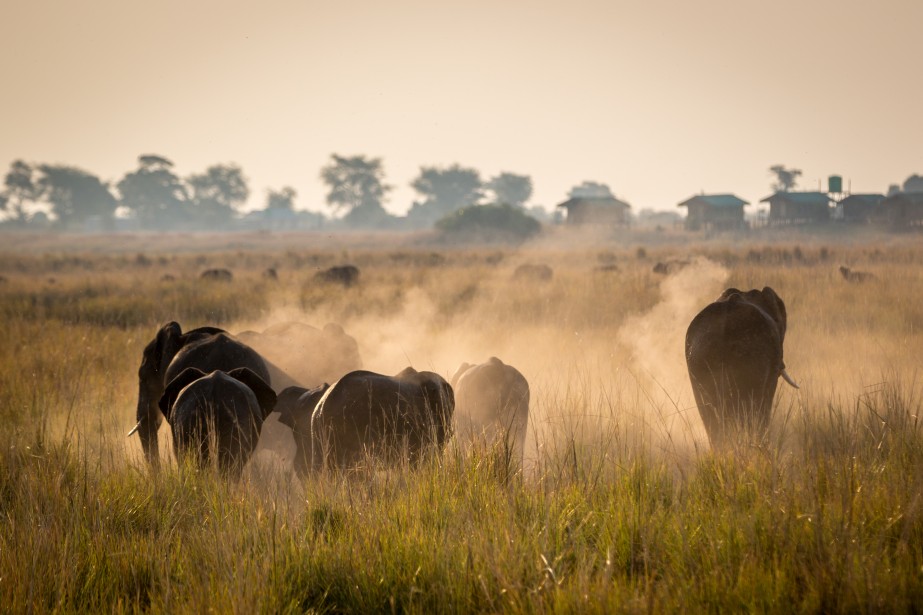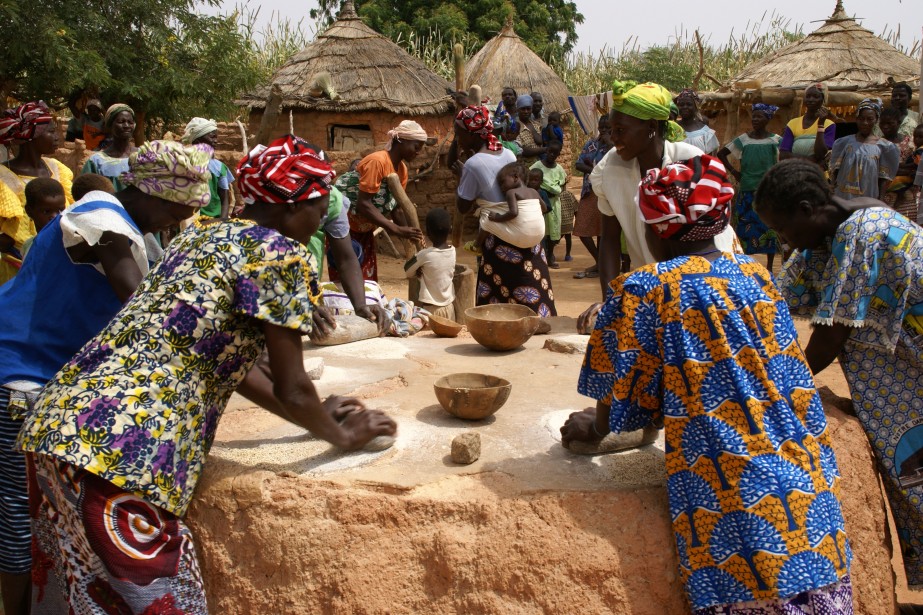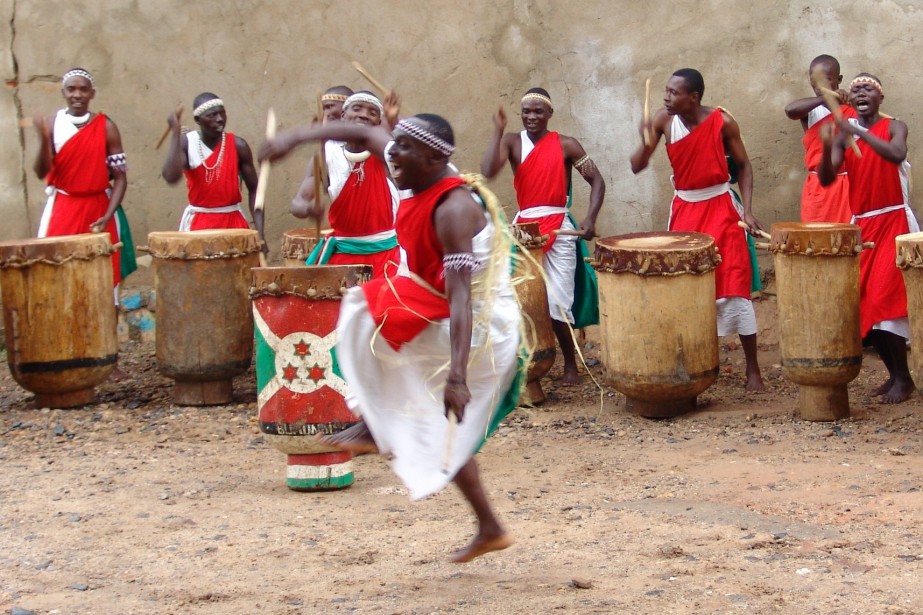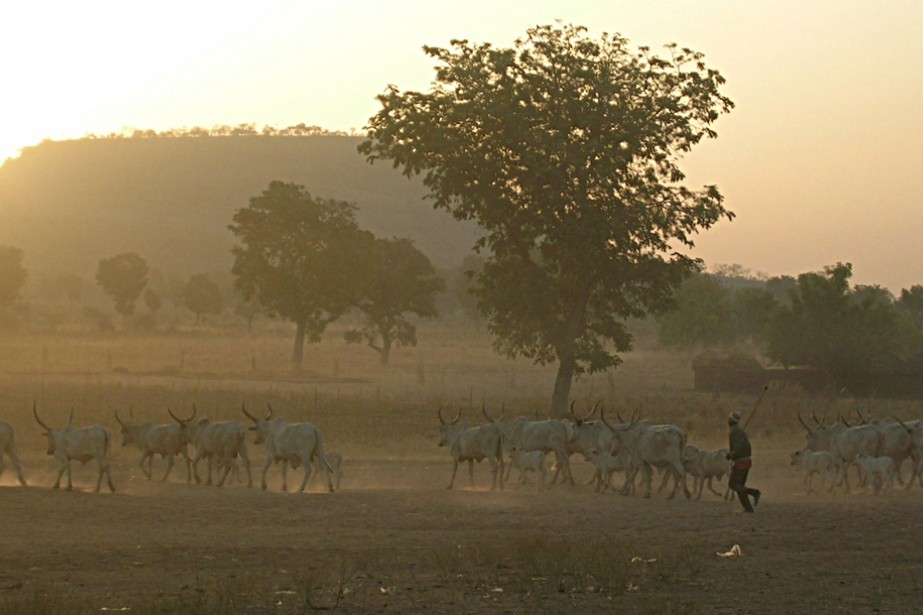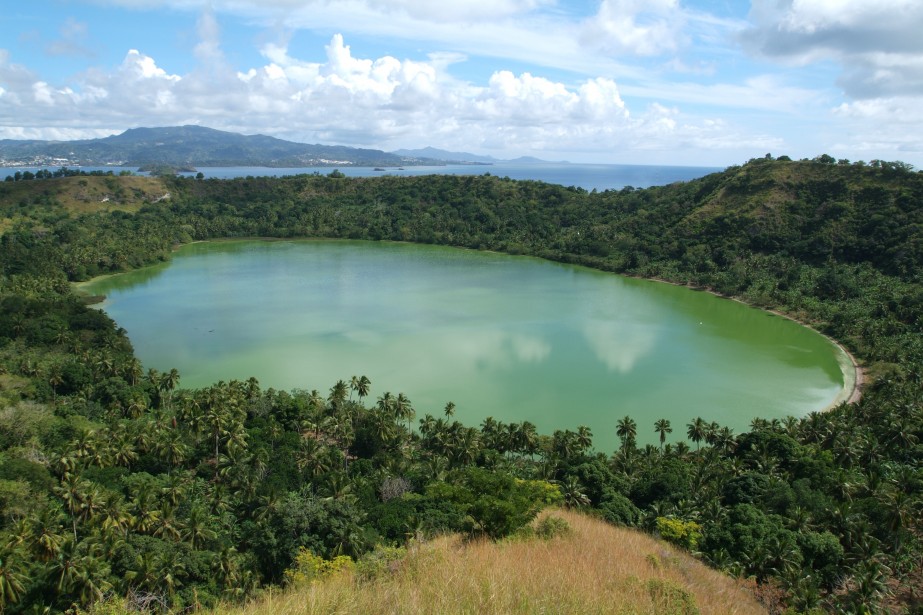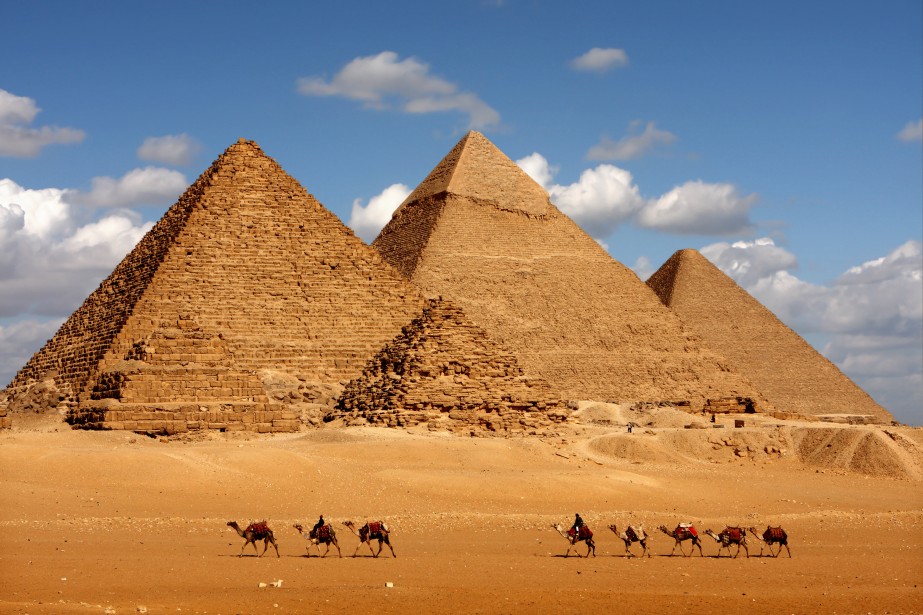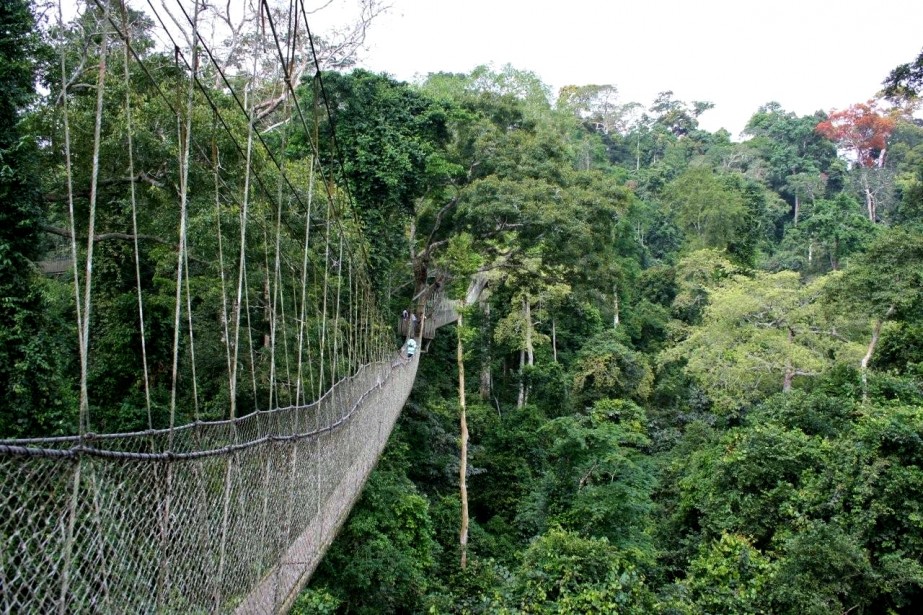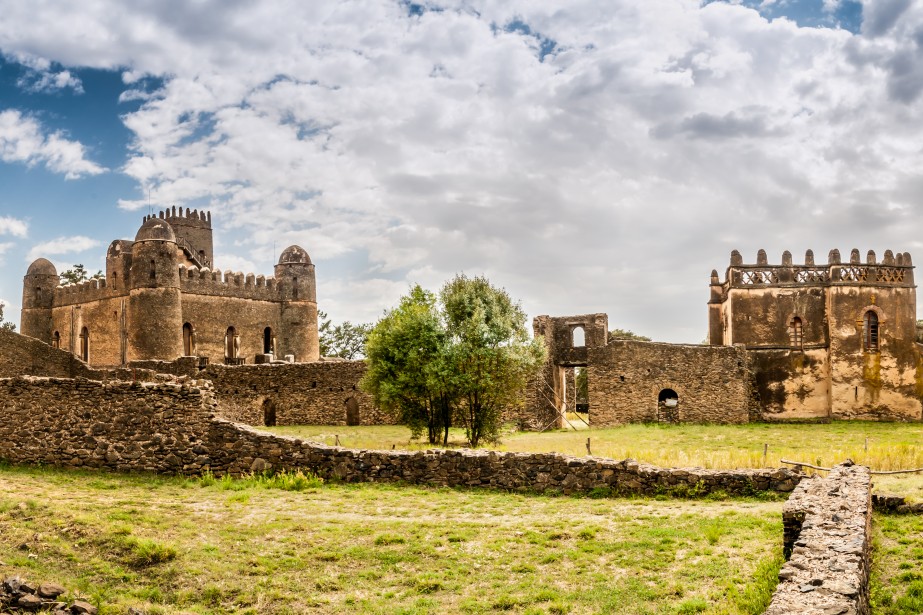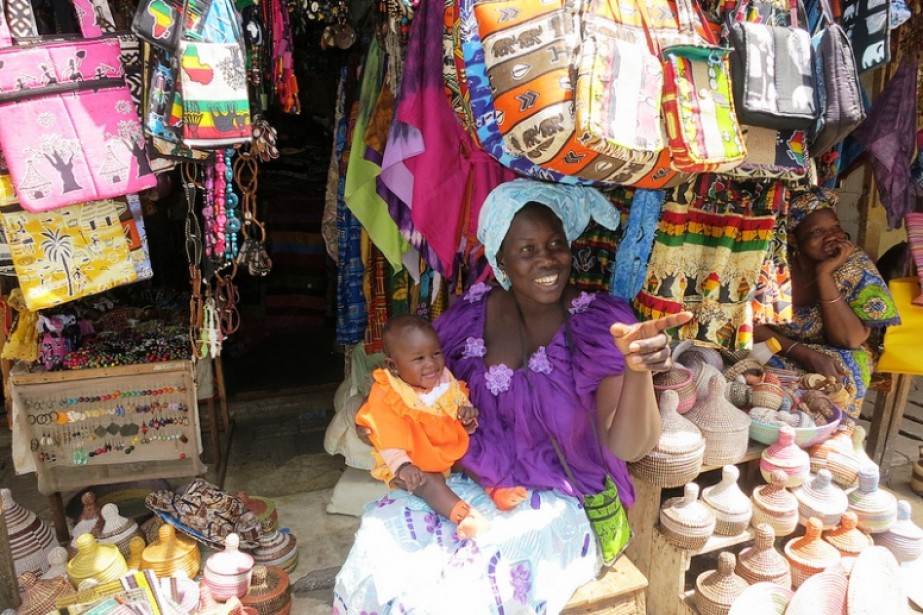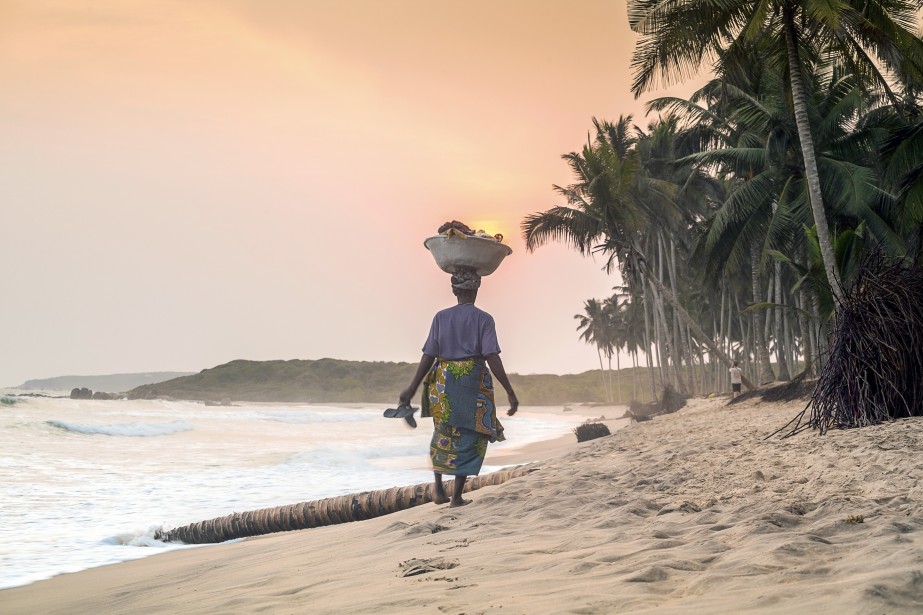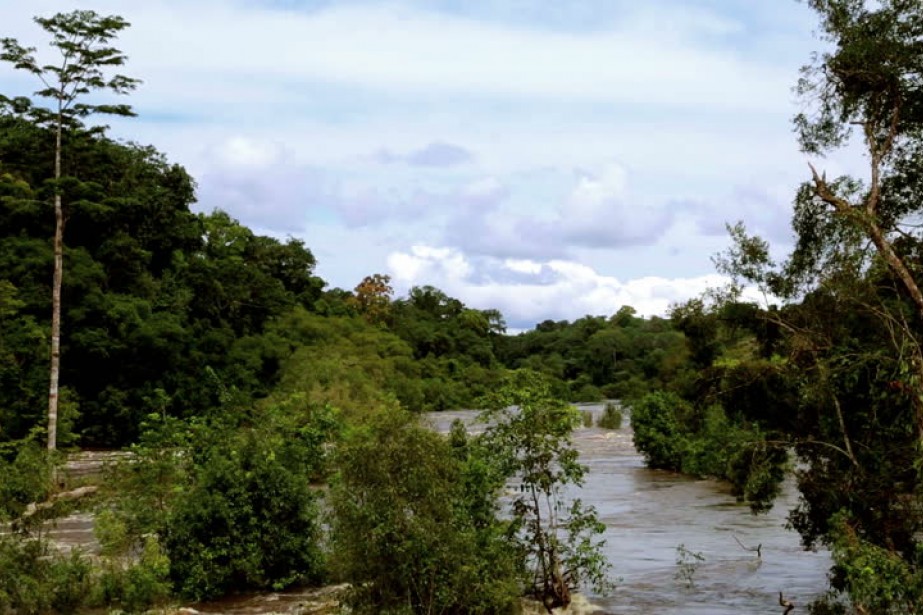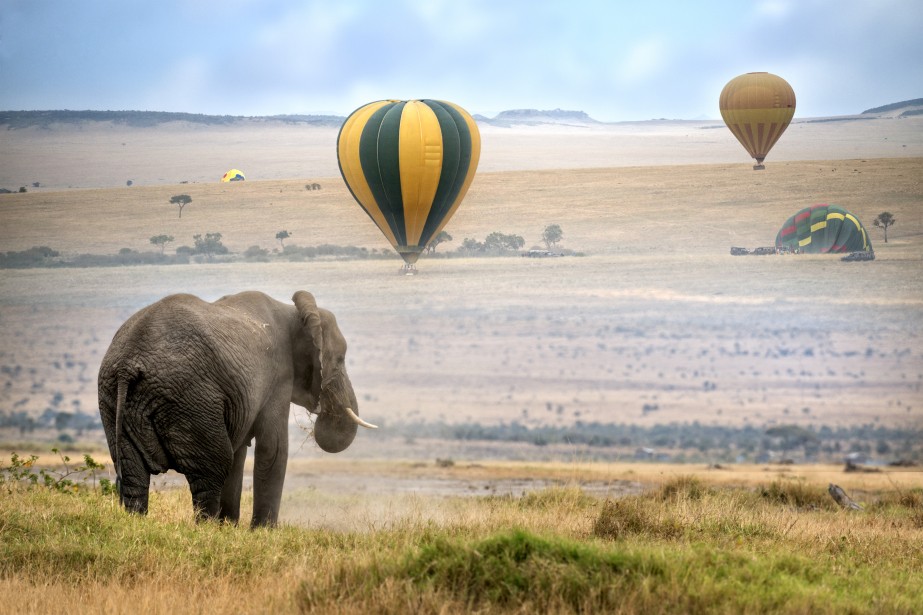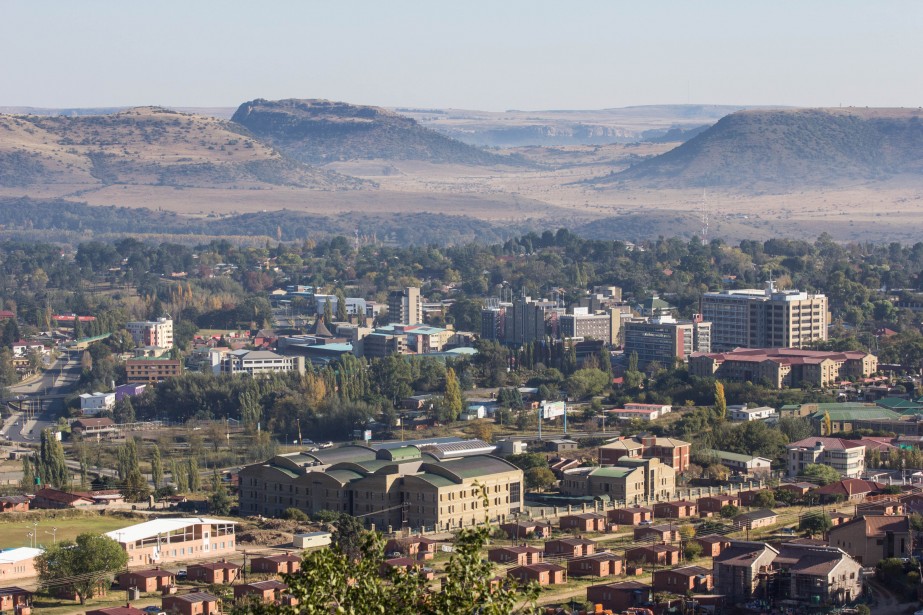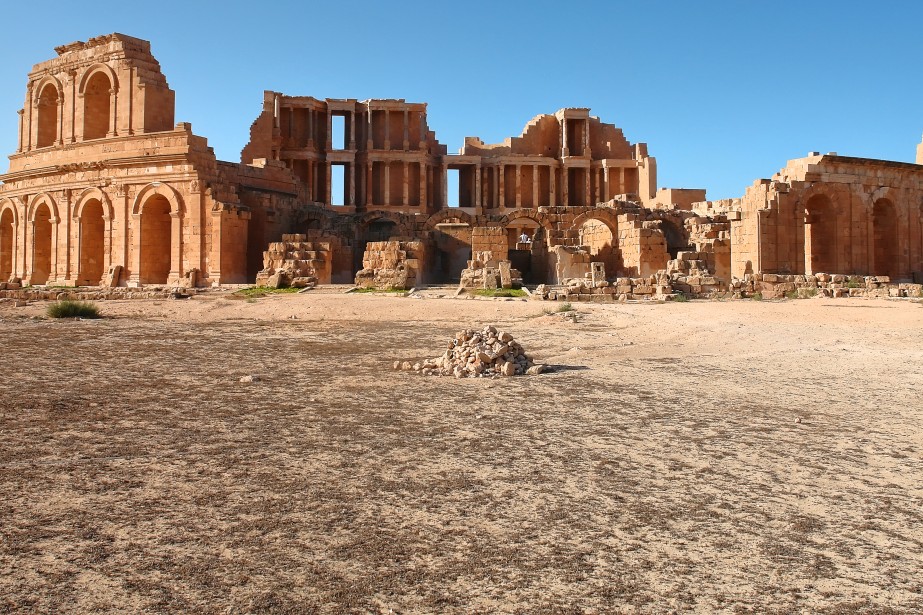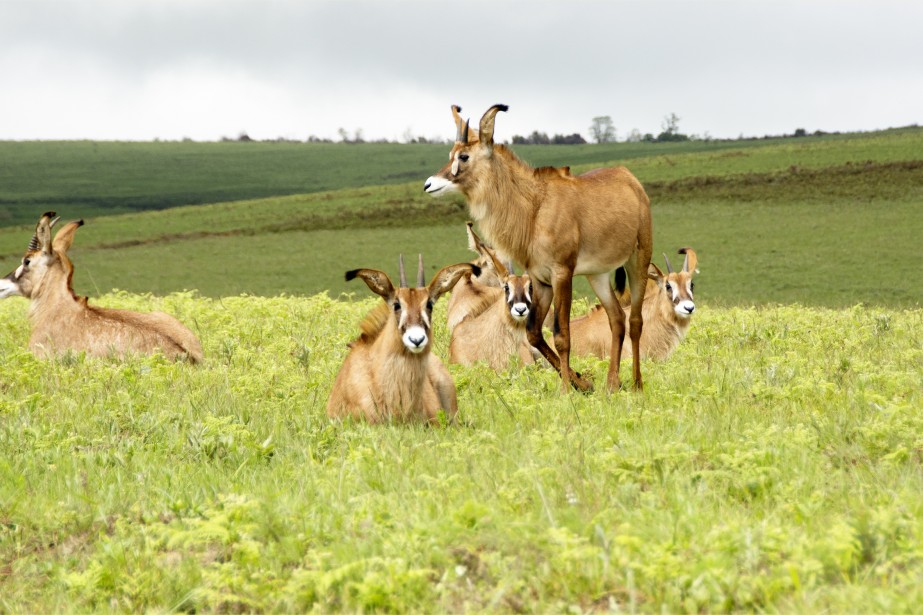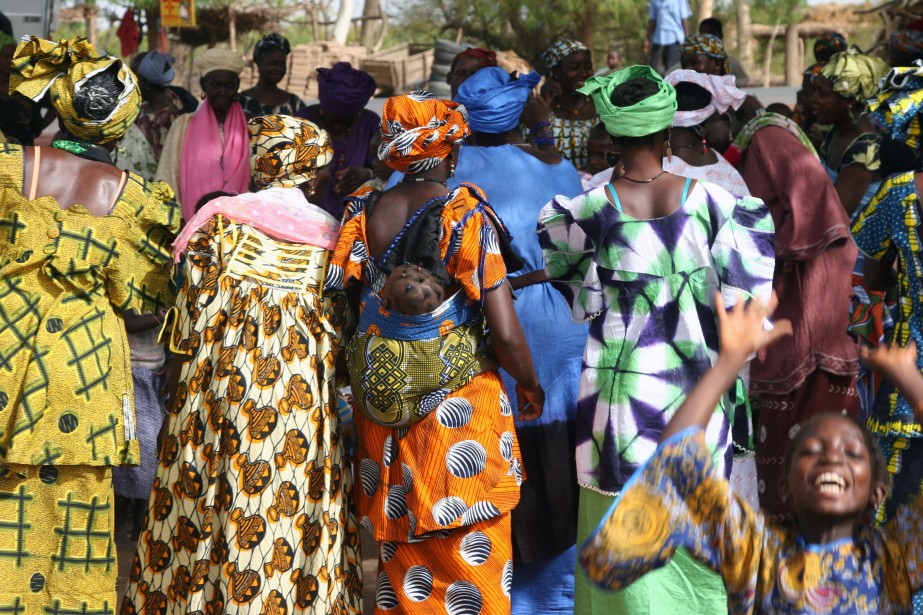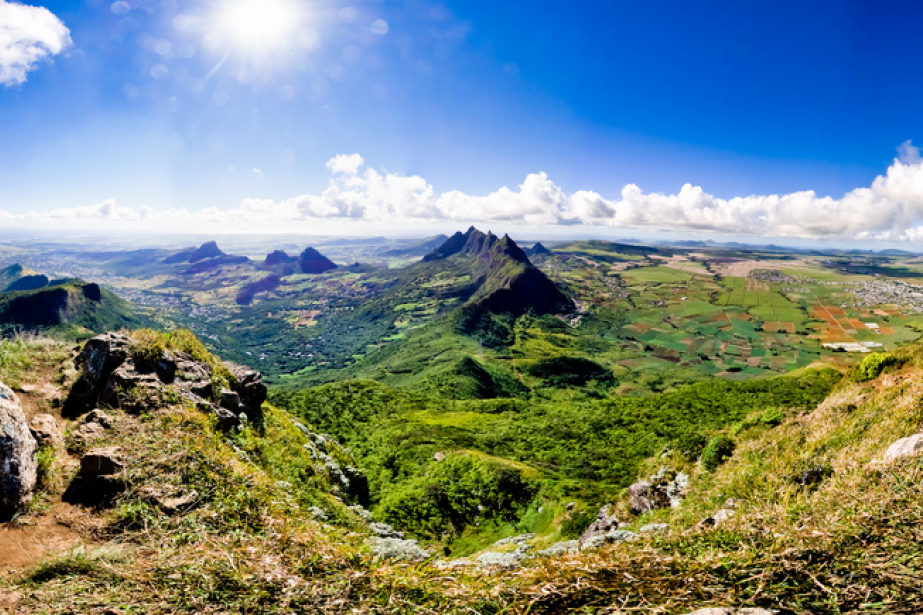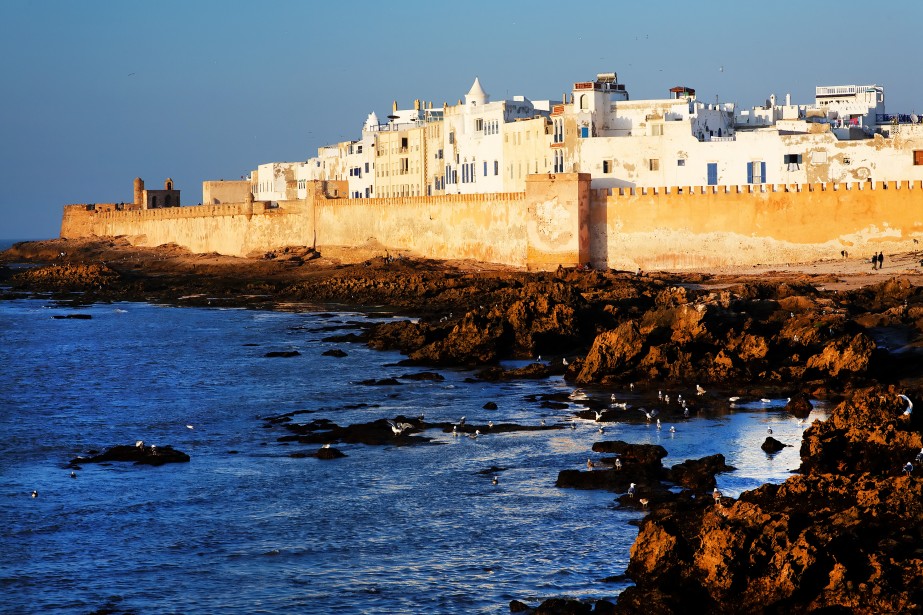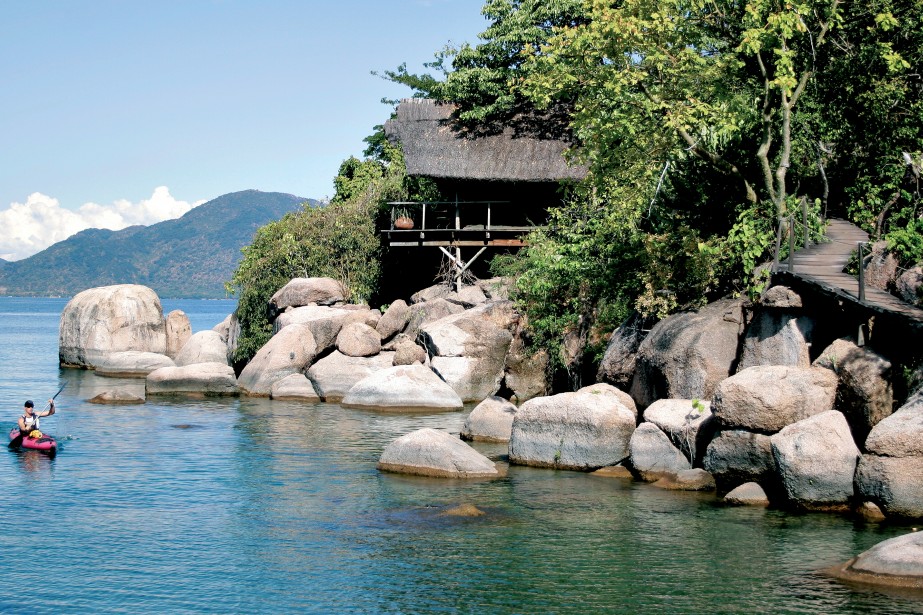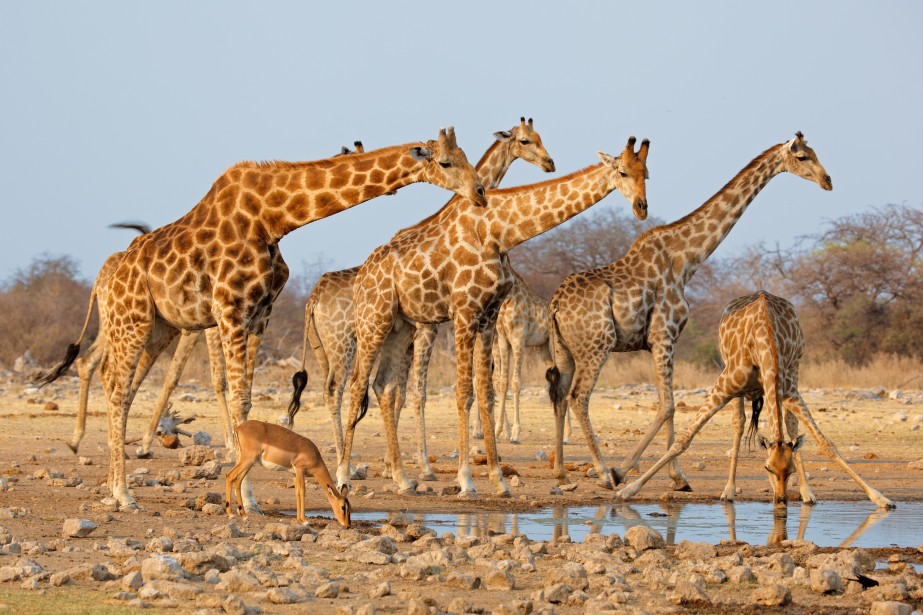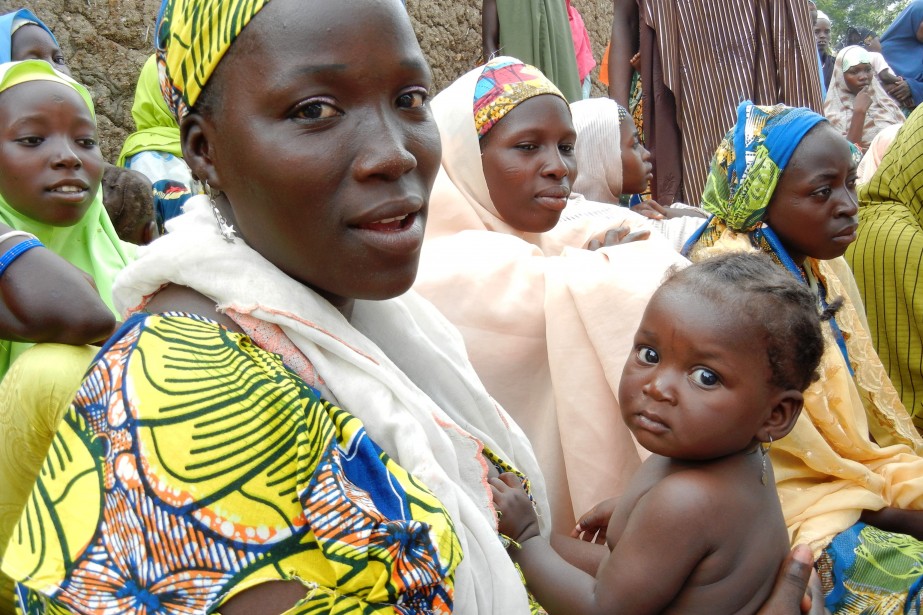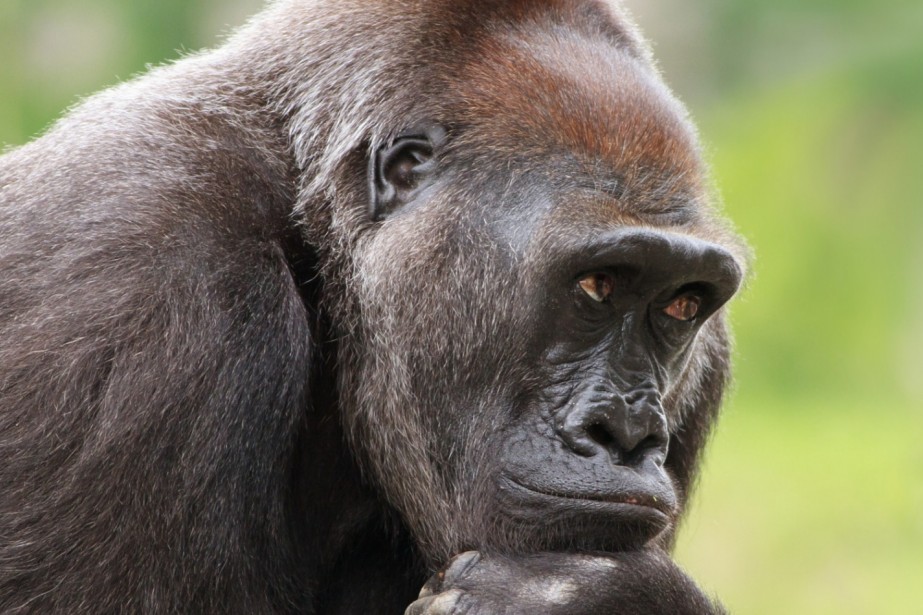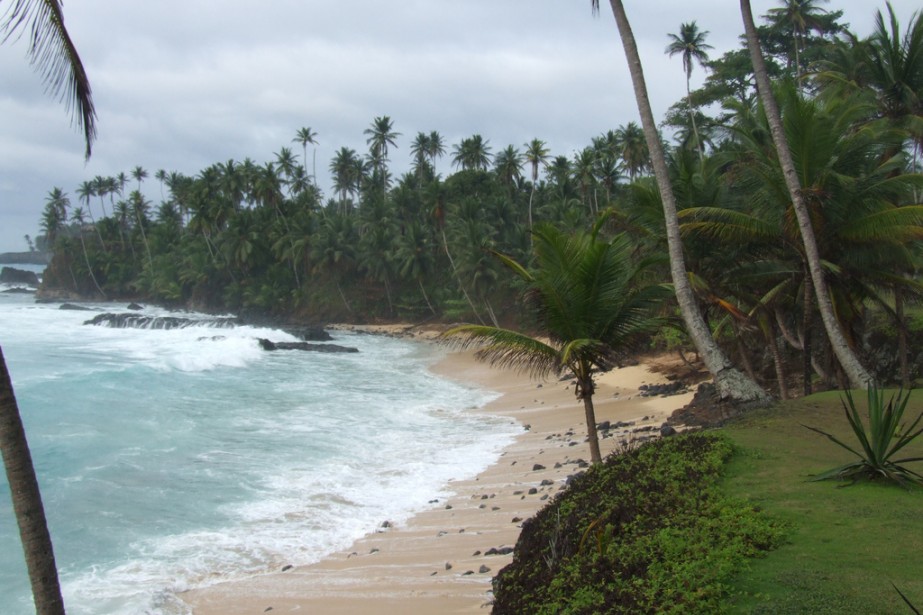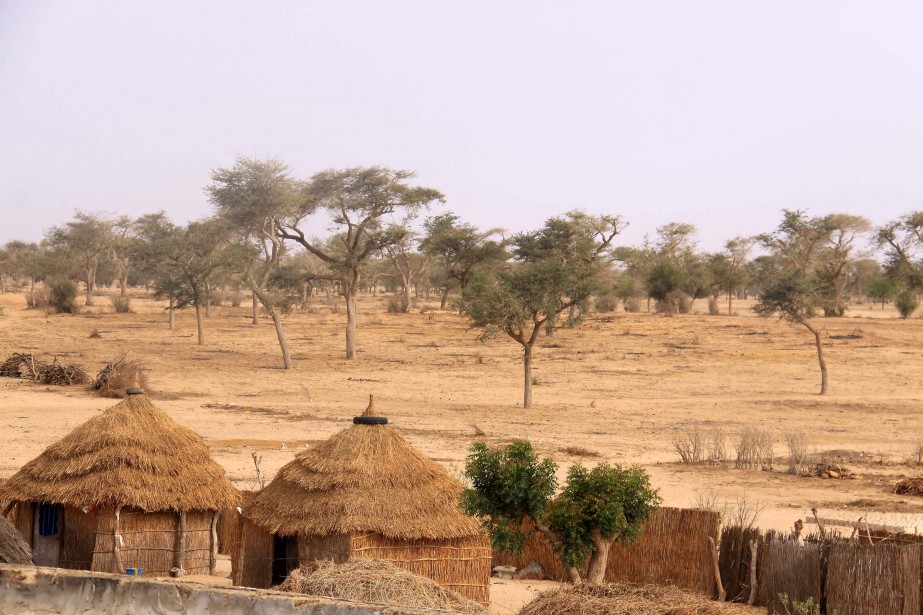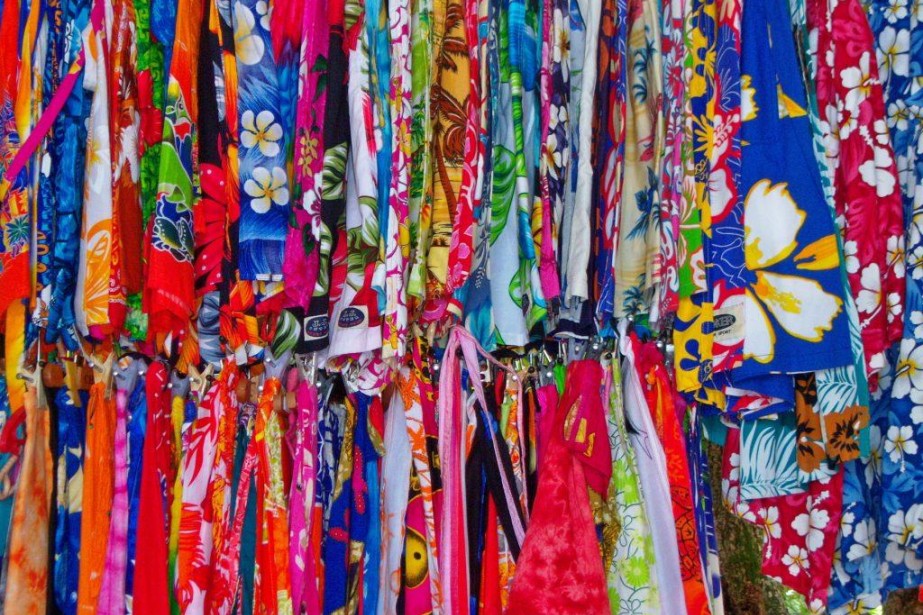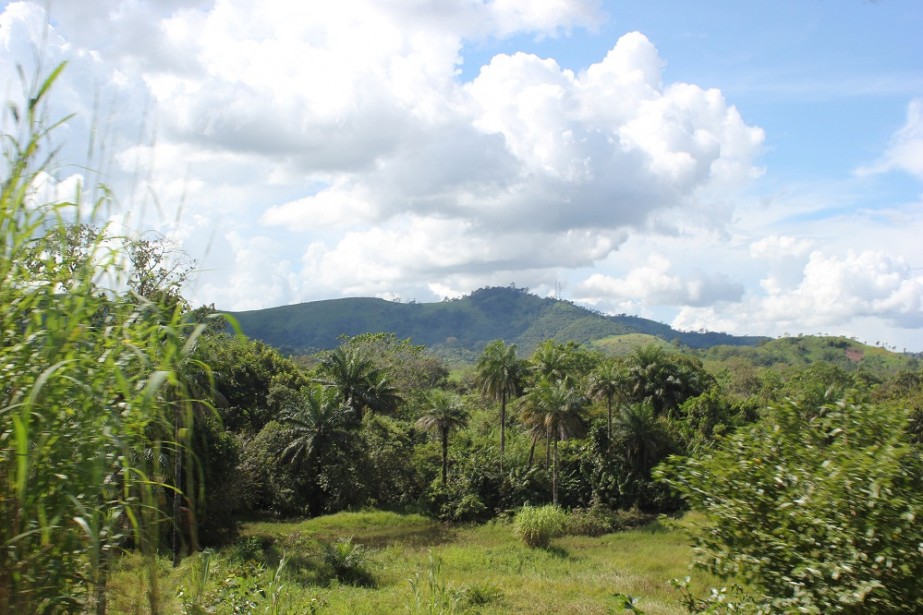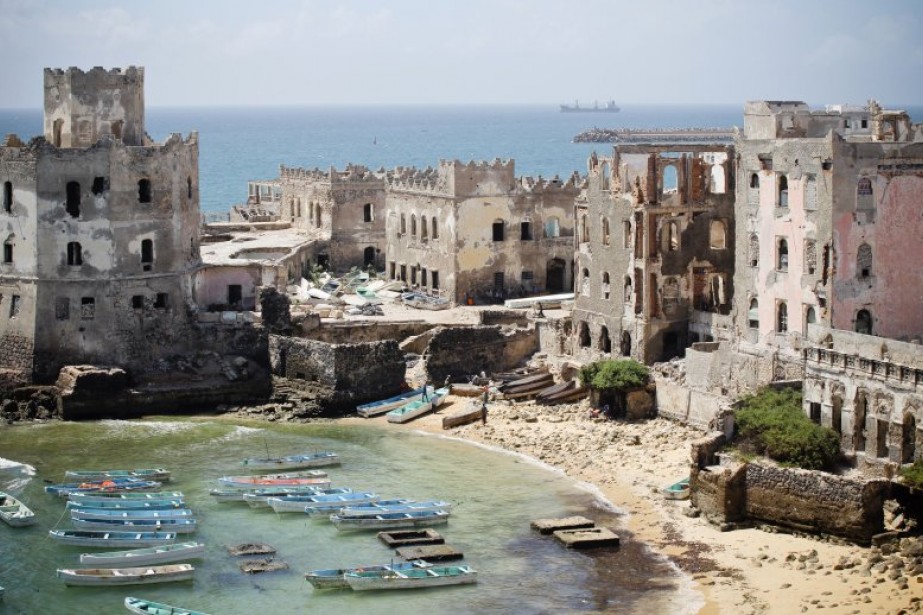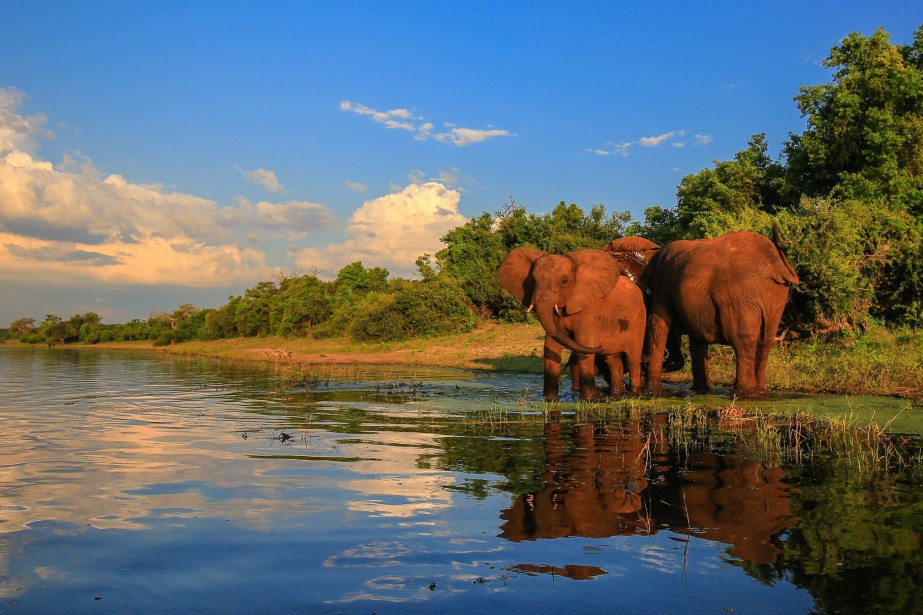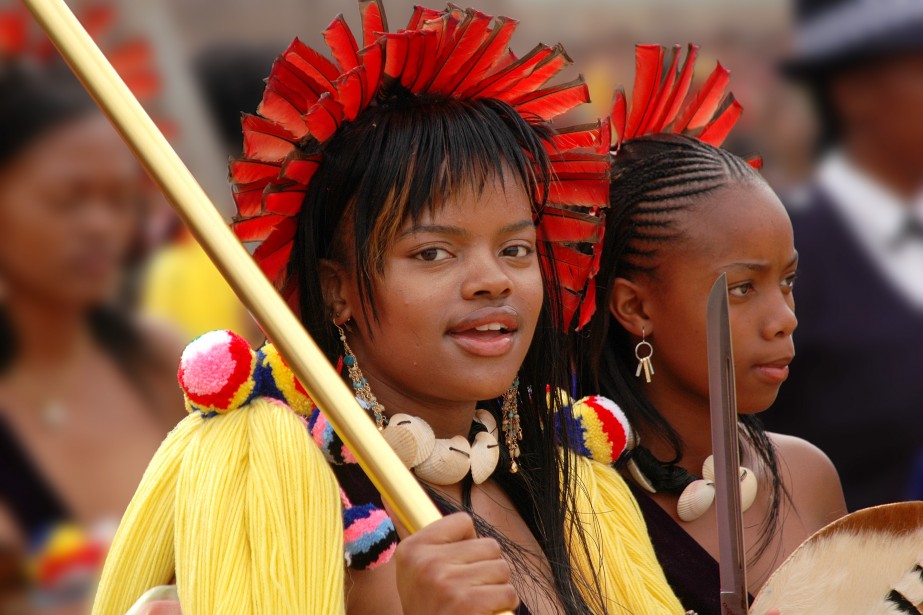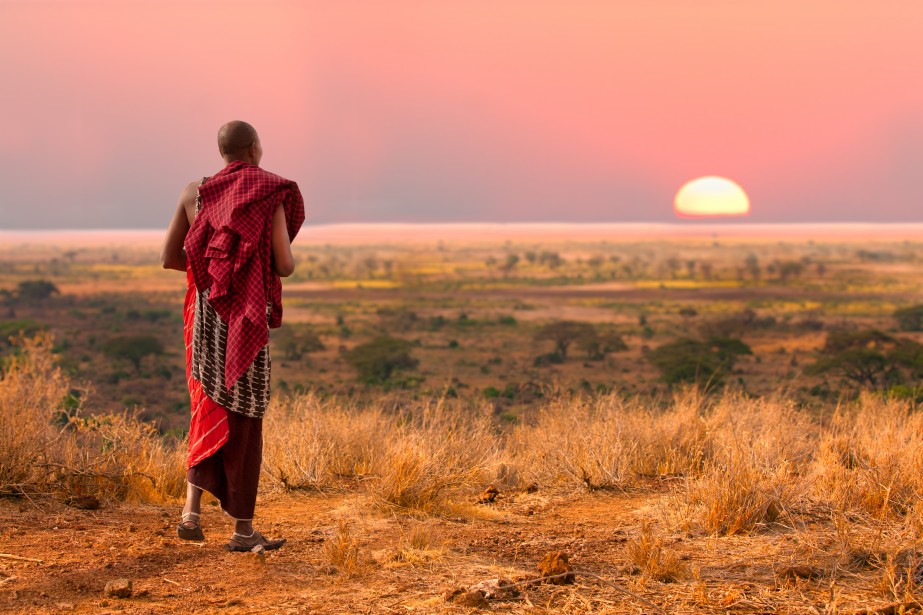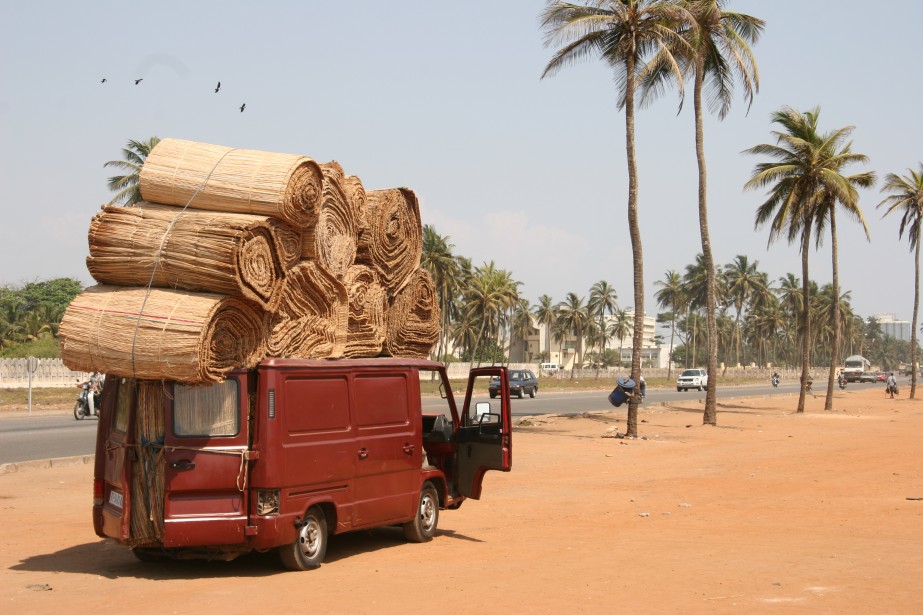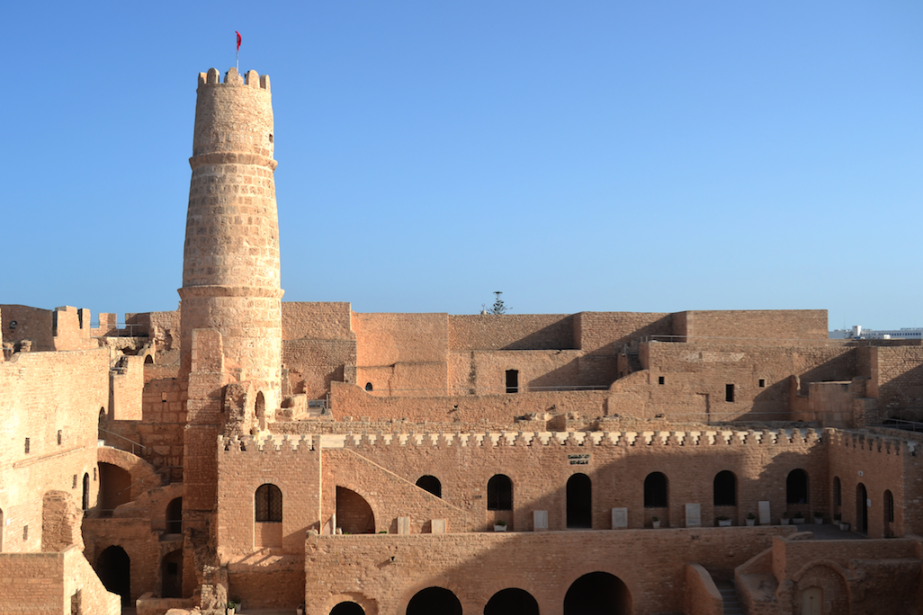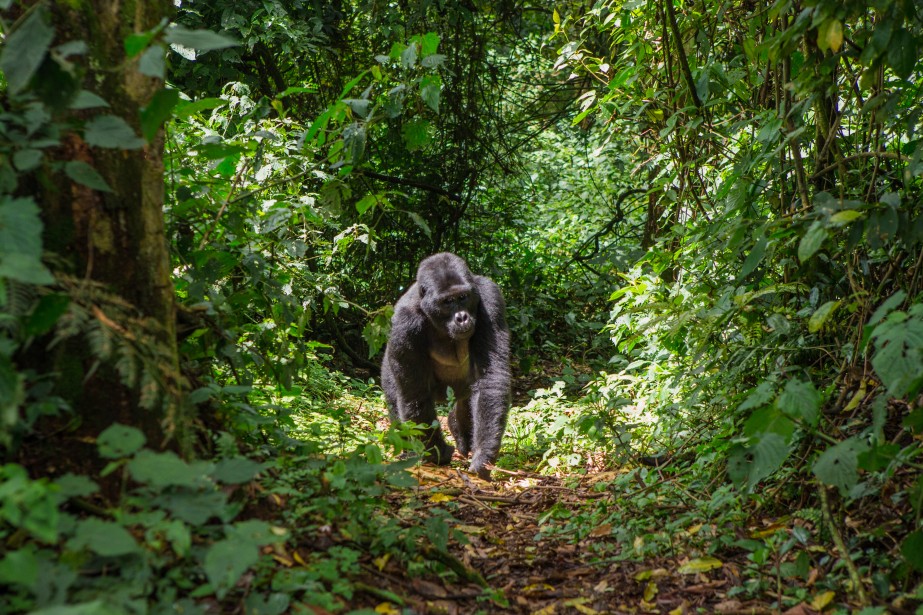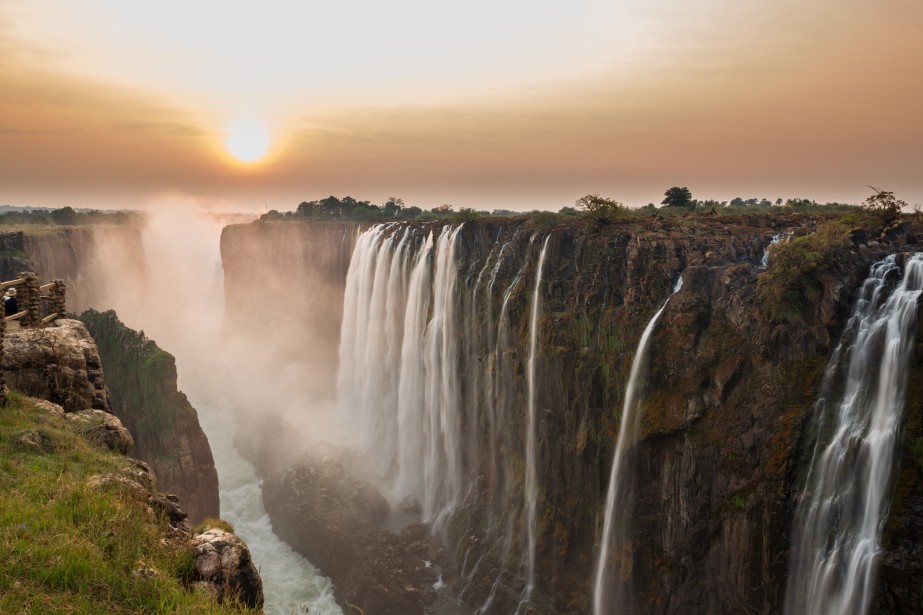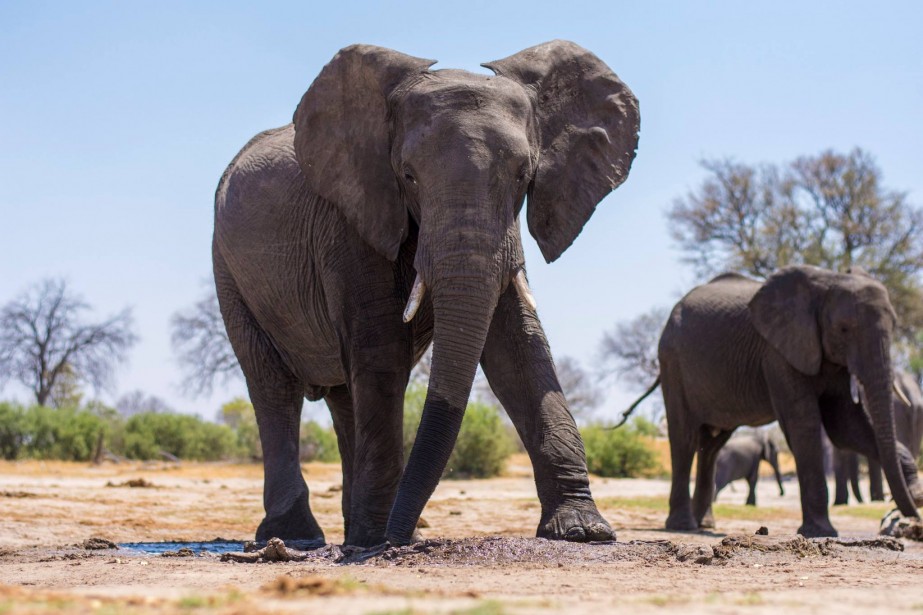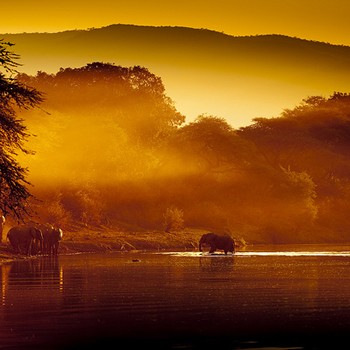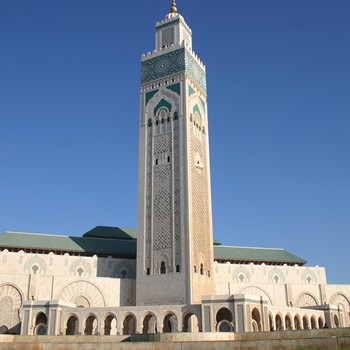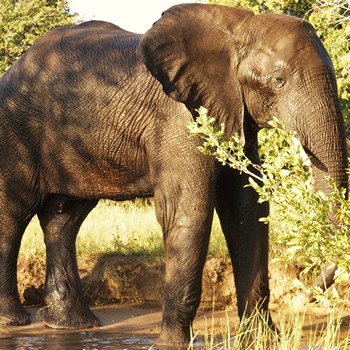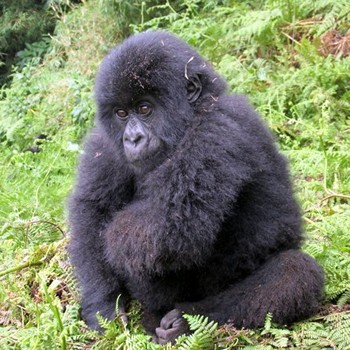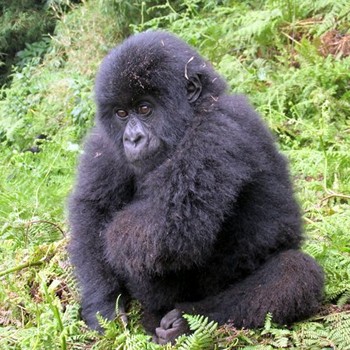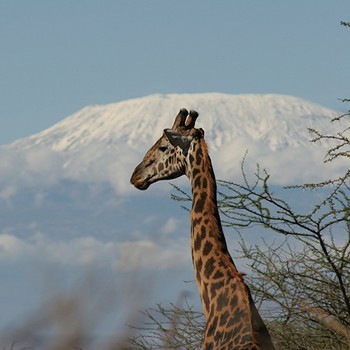Submitted by Cathie Johnson on December 12, 2015
Overview
Sharing its borders with Namibia, Zambia, and the Democratic Republic of the Congo, this coastal country is a fascinating tapestry of Sub-Saharan desert, lush river ways, and energetic Oceanside cities. With you visit Angola, you are visiting a place that is the physical equivalent of a well-kept secret. With a history rich in Portuguese colonialism, slavery and a painful civil war, Angola is only now becoming more known to the world of outside tourists.
Venture to the breathtaking Kalandula Waterfalls where you cans stand beneath one of the largest falls in all of Africa or trek along the coast and immerse yourself in a history steeped in conflict and beauty. While a lot of the wildlife in Angola is still making its way back from the difficulties its faced from civil war and social unrest, you can still find verdant landscapes and dramatic hills in a country that is wildly untouched by the outside world.
Whether you’re enjoying a Portuguese inspired meal of fresh seafood in the energy-filled capital city of Luanda or you’re relaxing along a quiet sandy beach, Angola has a lot to offer those travelers looking for something unique and vibrant.
WHEN TO TRAVEL – WEATHER
The country of Angola is familiar with its distinct two seasons: the rainy season and the dry season. Located along the Atlantic Ocean, Angola is cooler near the coast and arid towards the south. The farther inland one ventures the warmer and drier the climate becomes.
The average temperature in the coastal region and at the capital city of Luanda is 60 degrees Fahrenheit – a incredibly tolerate climate for countries in this region.
The best time to visit Angola falls between the months of June and October when you’ll encounter the dry season. Though it is winter during these months, you will still find the temperatures being comfortable around 62 degrees Fahrenheit. The rainy season, between the months of November and May is when the country gets its warmest and most humid.
When packing for your visit to Angola be sure to research the season in which you are visiting. Whether you are visiting the country during the dry season or the rainy season will help determine what you need to come prepared with on your journey. For example, during the rainy season be sure to bring adequate waterproof clothing that can help keep you dry during outdoor excursions. For drier seasons make sure to pack breathable fabrics that can help you stay cool and shielded from the sun.
ANGOLA CUISINE AND DRINKS
The staple ingredient found throughout the country is funje which is a thick food made from cornflour or cassava that has been ground into a polenta-like form. This is then served with palm oil beans and a variety of vegetables depending on what is available. These beans, the palm oil bean, are an ingredient found in a great deal of Angolan meals. Most dishes incorporate beans in one way or another and are a rich source of fiber and protein.
Many of the popular dishes in Angola have been inspired by the Portuguese colonists who dominated Angola for centuries. You will especially see these influences in the seafood dishes found in Angola. One of the more popular seafood dishes served throughout Angola is Calulu which is a dry fish layered with tomatoes, onion, sweet potato leaves, and fresh fish or meat.
Due to the majority of food being imported into the country, food can be expensive and not readily accessible to the more rural inhabitants of the country. In the more rural areas you will come across families who keep chickens or goats on their small plots of land. These animals are often saved for special occasions, when their meat is shared as part of the celebration.
Some of the more preferred alcoholic drinks in Angola are those made from corn and palm sap. Palm wine and maize beer are popular drinks of choice throughout the country. Soft drinks, such as Pepsi and Coca-cola are widely enjoyed in Angola and can be found in all kinds of reaturants and local snack shops.
The tap water is not safe for non-locals to drink as it can contain harmful bacteria or microbes the foreign system is not familiar with. Instead, be sure to drink only bottle mineral water you have personally opened. Bottled water is available at most restaurants and shops throughout the country.
POPULAR SITES OF ANGOLA
Kalandula Falls: Best enjoyed during the rainy season, this waterfall is located in the norther inland region of Angola near the town of Kalandula in the municipality of Kalandula, Malanje Province. The falls are one of the largest waterfalls in Africa when measured by volume. Though many people view the falls from above, the most spectacular vantage point is from below where you can grip the full scale of the falls.
Coastal Forts: Leftover from the countries historical connection to colonialism and the slave trade, many coastal regions of Angola contain forts and remains of days past. One of the best preserved fortresses of Luanda is the São Miguel fort (or the Fortaleza de São Miguel). A must see for any history lover, this for rises above the glistening Atlantic and reminds visitors of a time lost to age.
Miradouro da Lua: Dramatic and vast rock formations make up this landmark. The steep and complex ridgelines blend together in poignant red, tan and green colors. Well worth the visit to take in the breathtaking vista. It’s important to take note however, that the vista has no services such as toilets or trashcans and the upkeep of the area leaves something to be desired.
National Anthropology Museum: This tiny but important museum is located in the capital city of Luanda. Housed in a former slave traders home, this small museum contains artifacts reflecting the rich history of Angola. While it might not take an entire afternoon to view the contents of the museum, it will help visitors gain a better understanding of the area. The museum is generally only open on weekdays.
PRACTICAL INFO FOR ANGOLA
Visas
A tourist visa, valid for a 30-day visit, is required for U.S. citizens visiting the country of Angola. You must obtain your visa before the trip is taken and a certificate showing you’ve received a yellow fever vaccination within the past ten years is also needed. The visa application can take several weeks to be processed and therefore ample time should be given when seeking a visa to avoid last-minute delays. In addition, ensuring your visa is valid for at least six additional months following the visit to Angola is also required for entry into the country. Speak with the Angolan Embassy or Consulate
Banks and Currency
The Angolan Kwanza (AOA) is the currency used within Angola. You can get Kwanzas in bank notes for denominations of 10, 50, 100, 200, 500, 1,000 and 2,000 kwanzas. Coins come in denominations of 1, 2, 5 kwanzas and 10 and 50 centimos.
There is limited use of credit cards throughout the country so it’s best not to rely on them at all. Cash is the preferred use of currency for visitors from foreign countries. Be aware that travellers’ cheques are not accepted in Angola and should not be used.
You can have foreign money exchanged at banks within Angola and it should be done as soon as you arrive as ATMs are hard to come by in Angola. The ATMs you might come across within the country are usually only to be used by people who possess an account at that local bank.
Safety
The US State Department warns U.S. citizens to not walk around Angola alone at night, especially in the area of Luanda. In addition, do not drive after dark outside of Luanda. Remnant complications leftover from the civil war can be found throughout the country, sometimes in the form of land mines. Acquaint yourself with what a mine might look like and stay cautious when traveling in underdeveloped areas.
Smaller crimes are fairly common as well, particularly in the more urban settings of Luanda where purse-theft and cash robberies are seen. Limit your travel to the daytime and make use of a travel belt or similar device while carrying your valuables around with you.
http://travel.state.gov/content/passports/en/country/angola.html
http://journeymart.com/de/angola/food.aspx
http://www.tripadvisor.com/Tourism-g293763-Luanda_Luanda_Province-Vacations.html

